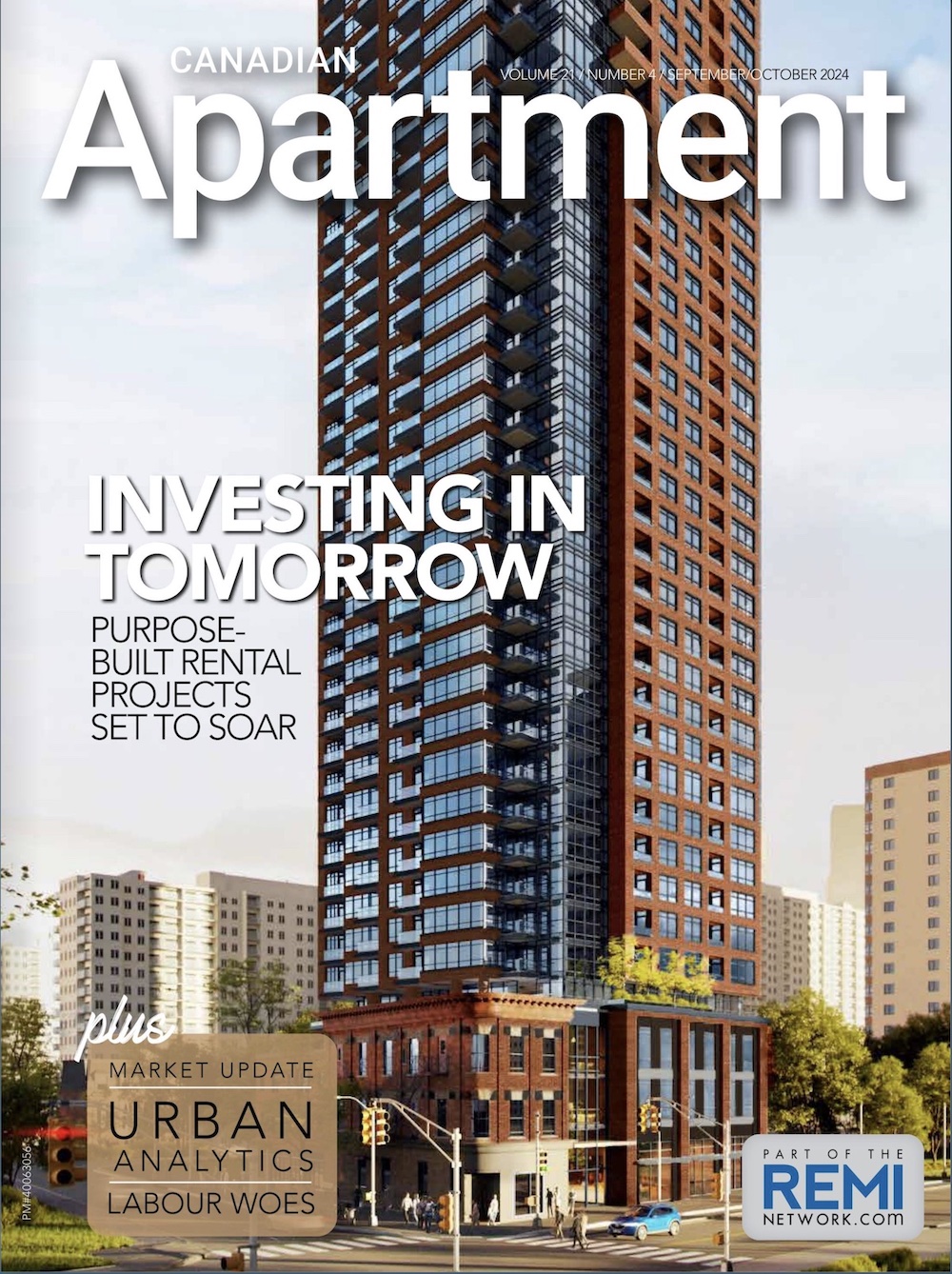For Canada to meet its target of building 5.1 million homes in the next twelve years, cutting-edge tools and strategies are needed imminently to ensure housing affordability, scalability, climate compatibility, and resilience are achieved along the way. Apartments, in particular, face numerous obstacles stifling their development. According to the panelists speaking on housing labour and innovation at the 2024 CFAA Rental Housing Conference in Toronto, May 16th, no new shovels will hit the dirt unless governments and policymakers are prepared to make changes.
“I think we are in big trouble as an industry,” said Dean Campbell, VP of Construction and Design at Parkbridge. “Innovation is desperately needed if we are going to build the kind of housing we need. There just aren’t enough young people entering the skilled trades. High school students aren’t required to take shop class anymore. Fewer are considering jobs as masons or bricklayers. We are also missing out on half the population—women. Unless we find a way to recruit them and address this chronic understaffing, the labour force will continue to dwindle and there won’t be the workforce to meet the demand.”
 “Pressure is on to innovate”
“Pressure is on to innovate”
With housing starts already concerningly down in 2024, as the challenges continue to pile up, none of the panelists were particularly optimistic that 5.1 million new homes could possibly rise over the next 12 years, especially given Canada’s track-record of producing just two million homes in its best eight-year stretch. That said, when the pressure is on to innovate, big problems can lead to big opportunities—and like the COVID vaccination sprint of 2020, this isn’t a race we are running alone.
“Canada isn’t the only country facing a housing crisis,” pointed out George Carras, founder and CEO of R Labs. “The policy and framework around housing is a problem-rich environment around the world. The opportunity for industry-level innovation is three times the normal size given that whatever homes we build today must be affordable, attainable, and resilient. Working towards achieving these goals calls for intensive research and development, cutting-edge tools and methodologies including automation and robotics, and embracing modular construction.”
According to Matt Spoke, a former tech entrepreneur and partner at Toronto Standard, zoning changes and government policy should better align with the needs of developers.
“We need policymakers to allow the industry to get creative with solutions,” he said. “We need to embrace change and innovation. Multiplexes are now permitted, which is helping. The type of skilled labour required to build these smaller homes and infill projects, or to convert existing single-family homes, is different than what’s needed to build high-rise concrete apartment buildings. It won’t solve the housing crisis on its own, but it is part of the toolbox of solutions.”
The problem, as Richard Lyall, president of RESCON, sees it, is that red tape keeps getting in the way of progress and stymying the industry’s attempts to build the required housing quickly and decisively. The dismally long approval processes add months, if not years, to any new building project, and particularly purpose-built rentals.
“This isn’t a housing crisis, it’s a growth management crisis,” he said. “Although there have been some positive changes introduced recently by all levels of government, it’s not enough. Starts are falling, the market is dysfunctional, housing is a need and we’ve turned it into an investment play. There needs to be a concerted, focused effort on technology and innovation, and it needs to be bold.”
The Housing Now example
Lyall and the other panelists point to Toronto’s Housing Now initiative as a prime example of government policy getting in the way of development. Launched in January 2019 under Mayor John Tory, the program is designed to activate City-owned lands and stimulate the development of affordable rental housing within transit-oriented, mixed-income communities. It remains a key housing supply program that supports the City’s target of building 285,000 homes by 2031. Yet despite launching in 2019, the first Housing Now project didn’t get underway until August 2023—that’s a five-year hold-up on a key priority.
Issuing the following statement, the City said it “continues to work as quickly as possible with non-profit and private sector developers to get shovels in the ground while navigating a number of external challenges. Impacts of the COVID-19 pandemic, significant increases in construction costs and interest rates, labour shortages and global supply chain disruptions have affected Housing Now projects, as well as other residential projects in Toronto and across Canada.”
The City also noted that legislative changes were to blame for the slow-down, including changes to the federal National Housing Co-Investment Fund that resulted in grant funding being capped at levels too low to support the cost of developing new affordable housing. At the same time, the Province of Ontario’s Bill 23, More Homes Built Faster Act, eliminated housing services from Development Charges revenues, which was the City’s primary funding tool to support the delivery of new affordable rental housing supply.
“It’s been a debacle. Nothing has been built,” Lyall said. “And the clock is ticking on those targets.”
In short, Carras, Campbell, Spoke, and Lyall ended the session in agreement that to build the kind of housing Canada needs—5.1 million homes in 12 years—it’s going to take fundamental policy changes, intense research and development, a focused effort to cultivate, train and recruit new talent, and the widespread adoption of technology and innovation. In other words, it’s mission-critical and the time to kick-start those efforts was yesterday.







